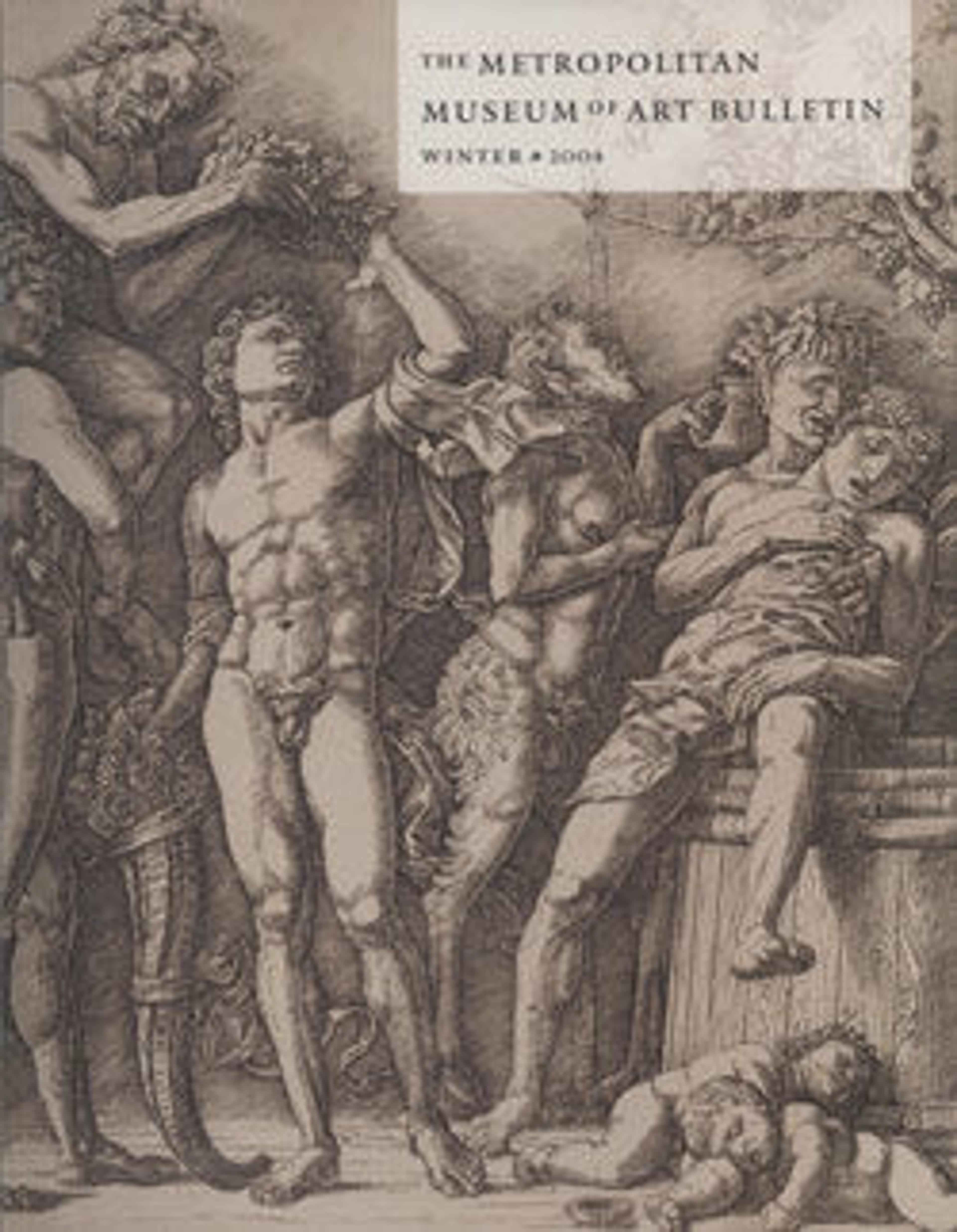Hercules defeating the river god Acheolus in the form of a bull, with three women to his left holding cornucopias, from "Herculean Subjects"
This engraving is one of a series of the six feats of Hercules commissioned from Rosso and Caraglio by Baviero de' Carocci, who had been Raphael's printing assistant. When the river god Achelous fought with Hercules for the hand of Deianeira, daughter of a king of Calydon, he took refuge in his ability to change form and turned himself into a bull, whereupon Hercules wrestled him to the ground and ripped off one of his horns. Ovid's account of the story (Metamorphoses 9.1–88) concludes with the naiads filling the horn with fruit and flowers to create the first cornucopia, as shown here.
Artwork Details
- Title: Hercules defeating the river god Acheolus in the form of a bull, with three women to his left holding cornucopias, from "Herculean Subjects"
- Series/Portfolio: Herculean Subjects
- Artist: Giovanni Jacopo Caraglio (Italian, Parma or Verona ca. 1500/1505–1565 Krakow (?))
- Artist: After Rosso Fiorentino (Italian, Florence 1494–1540 Fontainebleau)
- Date: ca. 1526–27
- Medium: Engraving
- Dimensions: Sheet (trimmed to platemark): 8 3/8 × 6 15/16 in. (21.3 × 17.7 cm)
- Classification: Prints
- Credit Line: The Elisha Whittelsey Collection, The Elisha Whittelsey Fund, 1949
- Object Number: 49.50.208
- Curatorial Department: Drawings and Prints
More Artwork
Research Resources
The Met provides unparalleled resources for research and welcomes an international community of students and scholars. The Met's Open Access API is where creators and researchers can connect to the The Met collection. Open Access data and public domain images are available for unrestricted commercial and noncommercial use without permission or fee.
To request images under copyright and other restrictions, please use this Image Request form.
Feedback
We continue to research and examine historical and cultural context for objects in The Met collection. If you have comments or questions about this object record, please contact us using the form below. The Museum looks forward to receiving your comments.
